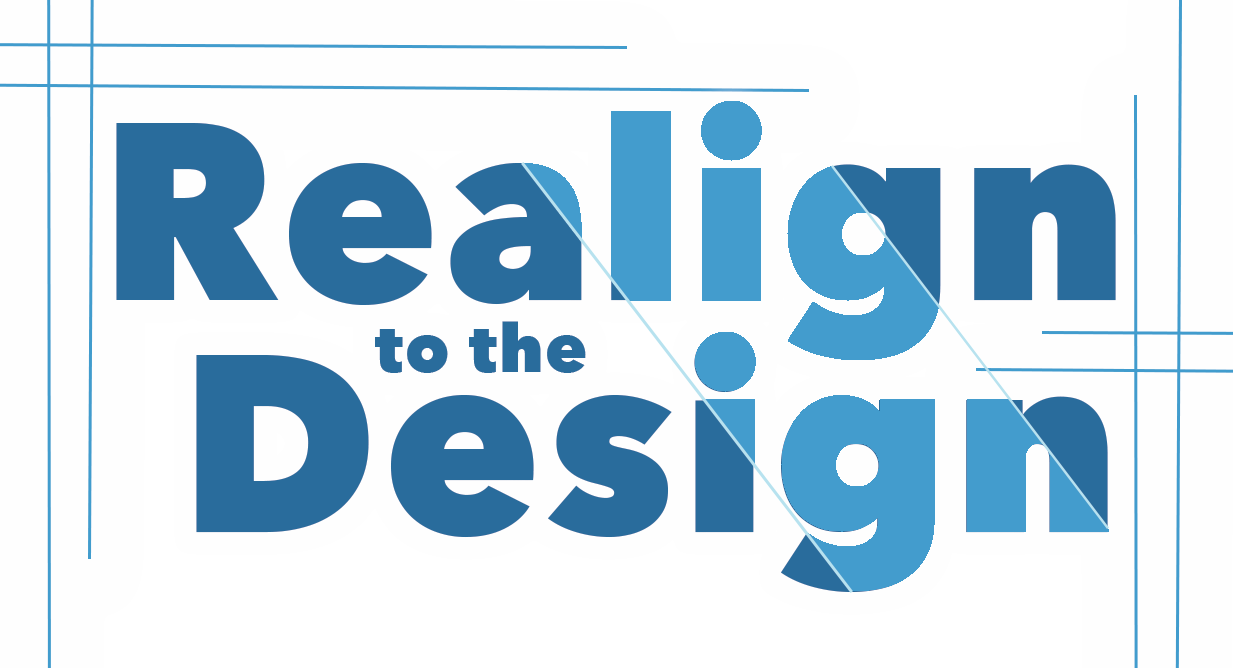Here are a couple articles about getting exercise in simple, every-day kinds of ways.
First, standing desks. This is an article that highlights the frustration of relying too heavily on 'news' articles about anything. Even fairly decent sources can get it wrong (in this case, NPR and Huffington Post). This article points out the flaws in the research that was cited by NPR and the Huffington Post. Standing desks do indeed help according to a Mayo Clinic source. I have heard plenty of anecdotal evidence that affirms the same thing. I am typing right now at a make-shift standing desk (I'm pretty much always at a 'make-shift' version since my office is pretty mobile these days). As the article says; "Bottom Line: It’s best to get up out of our chairs and move around at least every hour or two." (plus, I've posted about standing desks before.)
Second is an article about everyday exercise at home, with lots of supporting links. The bottom line here is that it doesn't take a club membership to get good exercise. It deals with aerobics, strength training and mobility/flexibility as well. Karen Sue Murdy, a professional exercise physiologist (and all around great person) indicates that the research is clear: one of the key factors for success is to be able to exercise at home, without having to go out to an 'exercise facility'.

